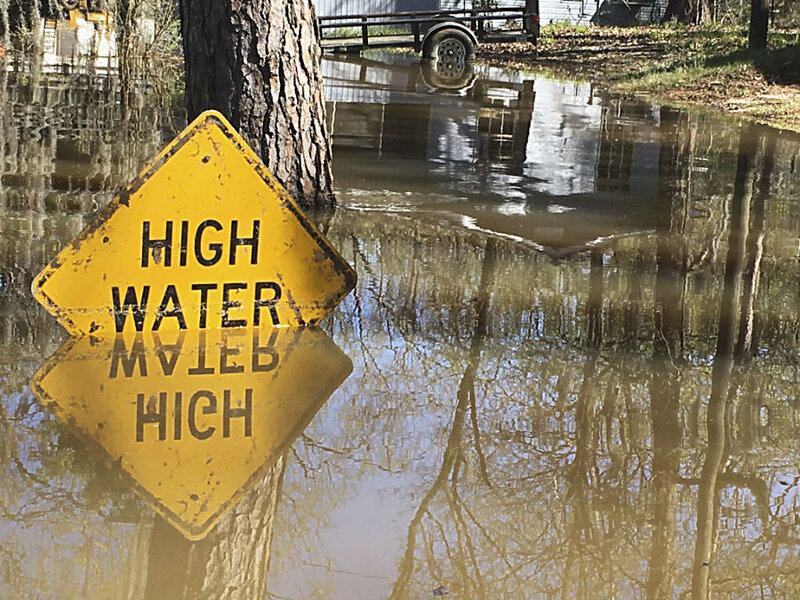First US climate refugees get $48 million to move
Loading...
The residents of Isle de Jean Charles, La., will soon become America's first climate refugees.
The Department of Housing and Urban Development in January set aside $1 billion in grants in 13 states to build stronger dams, levees, and drainage systems to help communities struggling with the effects of rising seas.
Among those grants, $48 million, which must be spent by 2022, is the first of its kind, allocated to pick up and move the entire community of the sinking, salty Isle de Jean Charles to a drier place.
As the Arctic continues to heat up (twice as quickly as the rest of the world), the Obama administration has already joined Canada in a discussion on the issue of climate refugees. "We have to figure out how to deal with potentially relocating villages. There's real tangible support we need to do from a government basis, working alongside indigenous communities as they make very difficult choices about what is right for them," said US Interior Secretary Sally Jewell during a visit to Canada.
Climate change could displace up to 200 million people by 2050, according to the United Nations Institute for Environment and Human Security and the International Organization for Migration. Most of those of people will likely be farmers and fishermen whose livelihoods depend on their environments.
But public authorities should not wait until people have already lost their homes and suddenly become refugees, said Walter Kaelin, head of the Nansen Initiative, an organization that handles "disaster-induced cross-border displacement." Rather, he told The New York Times, "the idea is to plan ahead and provide people with some measure of choice." And that's exactly what the four to five dozen residents residents of Isle de Jean Charles may now have.
"We're going to lose all our heritage, all our culture," Biloxi-Chitimacha-Choctaw Chief Albert Naquin told the New York Times. Most Isle de Jean Charles residents belong to Naquin's tribe. "It's all going to be history," he said.
Still, while many struggle with a frequently flooded bridge to the mainland and destroyed property from various past storms, others are reluctant to leave. Many residents live on land and in homes that have belonged to families for generations. A cemetery on the island reminds residents of their roots there.
Residents will not be forced to leave, though administrators see the island as a lost cause – it's not worth rebuilding roads and infrastructure, due in large part to the risk of flood and rising sea levels. Already, 90 percent of the island's land mass has washed away since the 1950s. For those who elect to move, however, the location has not yet been determined.
Isle de Jean Charles wasn't the only viable candidate for the grant. Other communities, including Honolulu and Miami are also at high risk. If Honolulu's Ala Wai Canal were to flood, more than 100,000 people would be affected.
Threatening both physical geography and culture, climate change poses an irreversible risk. "We can't turn this around," said Secretary Jewell. "We can stem the increase in temperature, we can stem some of the effect, perhaps, if we act on climate. But the changes are under way and they are very rapid."







